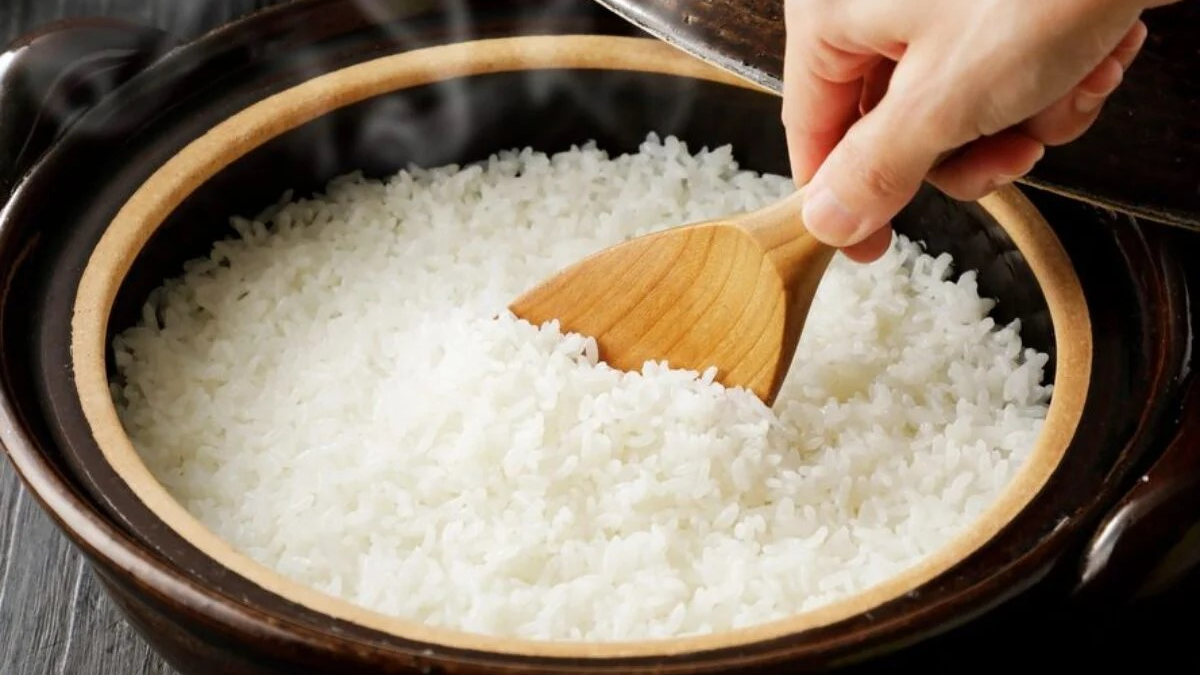

Satyanarayan Mohapatra
That fragrant mound of rice, steaming on your plate, often leads to a familiar dilemma: cook just enough or prepare a generous batch for future meals. While the allure of readily available leftovers is undeniable, a shadow of doubt sometimes accompanies reheated rice. Can it truly be enjoyed without compromising our health? The answer, thankfully, is a reassuring yes, provided we understand the potential risks and embrace the right precautions.
After a delightful feast, perhaps a vibrant biryani or a comforting bowls of fried rice. As the meal concludes, a substantial portion of rice remains. Instead of discarding you carefully store it, envisioning a quick and satisfying meal for next day. However, hidden within those seemingly innocent grains could be Bacillus cereus, a resilient bacteria that can withstand the cooking process and multiply rapidly at room temperature. This microscopic spoiler can produce toxins that cause unpleasant and even debilitating symptoms, commonly known as "fried rice syndrome."
But before you banish leftover rice from your kitchen, let's dispel the fear by understanding the science behind this potential risk and mastering the art of safe storage and reheating, you can confidently enjoy those leftover grains.
Storing rice
Here's your guide to safeguarding your rice:
Reheating rice:
Reheating rice isn't merely about warming it up; it's about ensuring every grain is safe to savor. Here's how to do it right:
Spotting Spoilage: When Rice Turns Rogue
Even with meticulous care, rice can sometimes succumb to spoilage. Be a vigilant detective, watching for these telltale signs:
By mastering these techniques, you can transform yourself from a mere consumer of rice to a guardian of its safety and flavor.
DISCLAIMER: The views expressed in this article are the author’s own and do not necessarily reflect Prameya's or Prrameya News7 editorial stance.